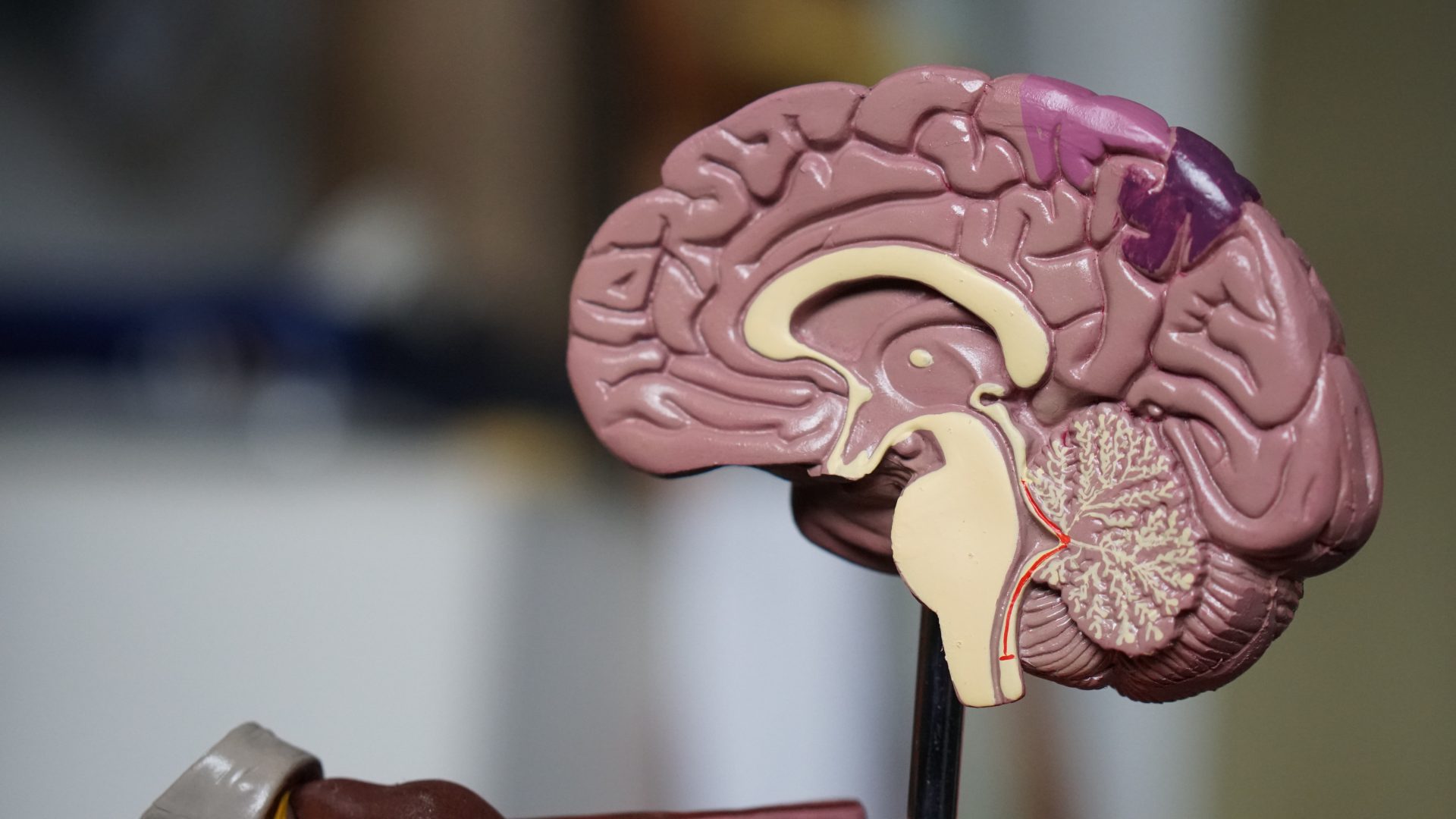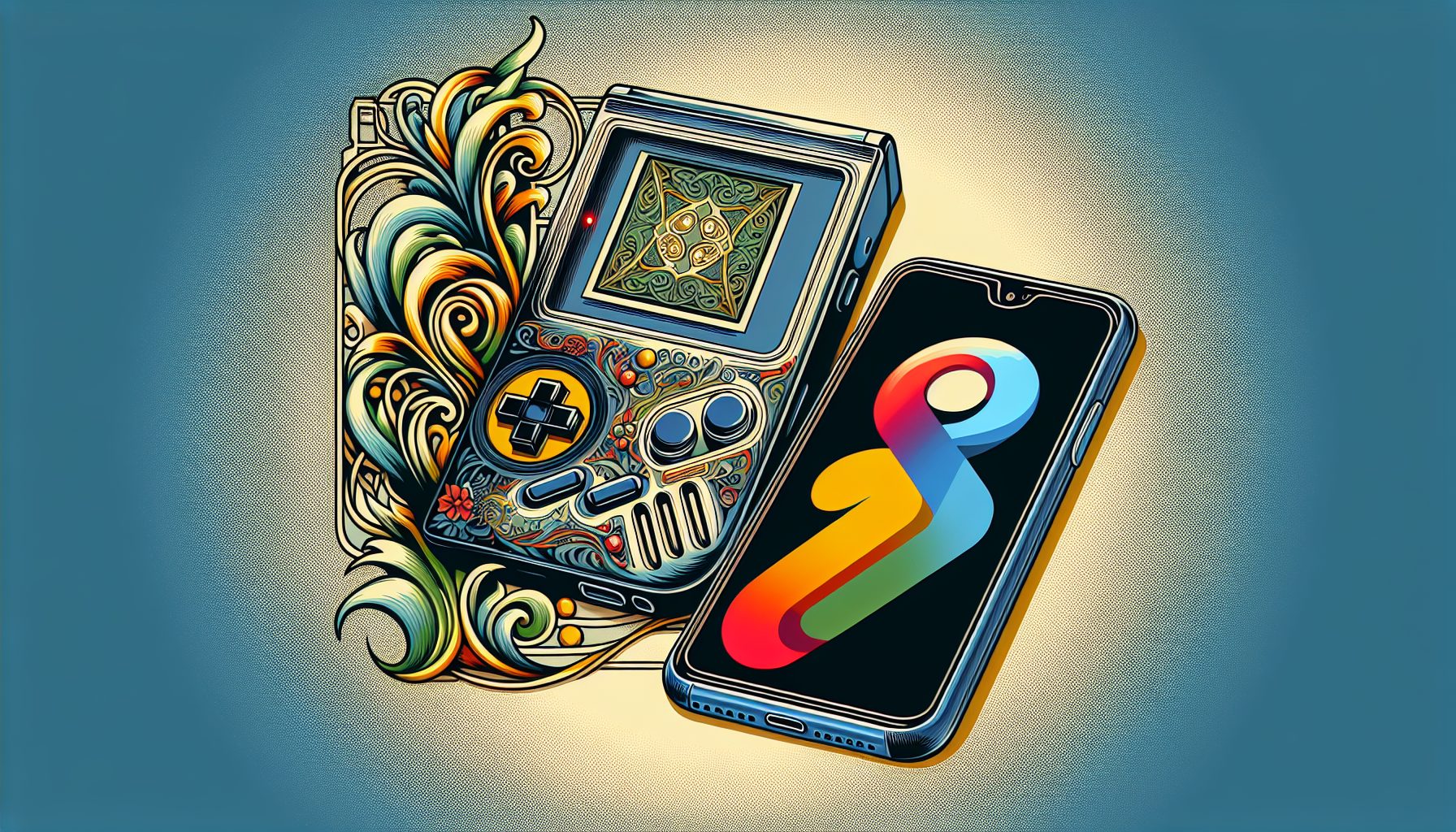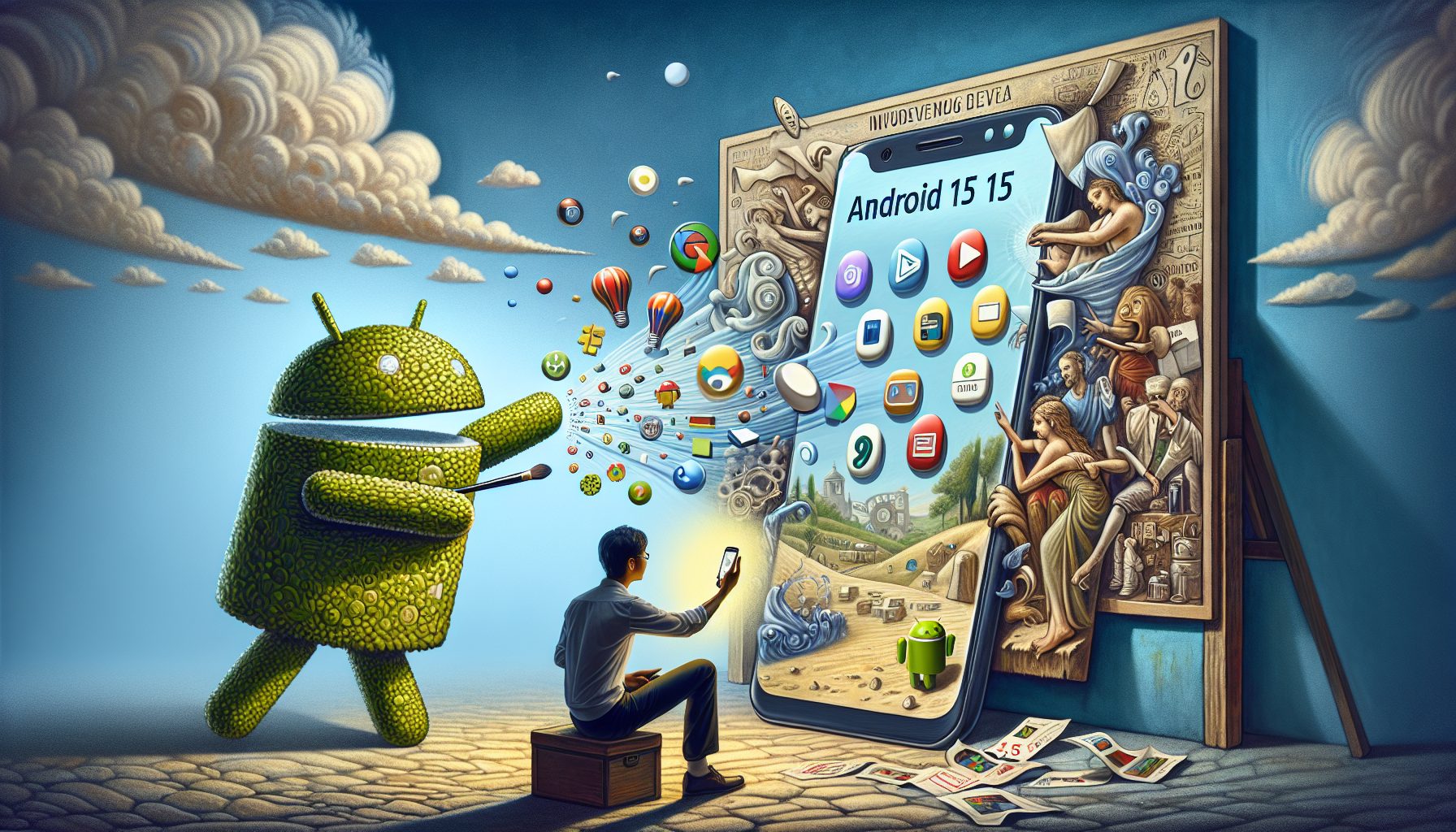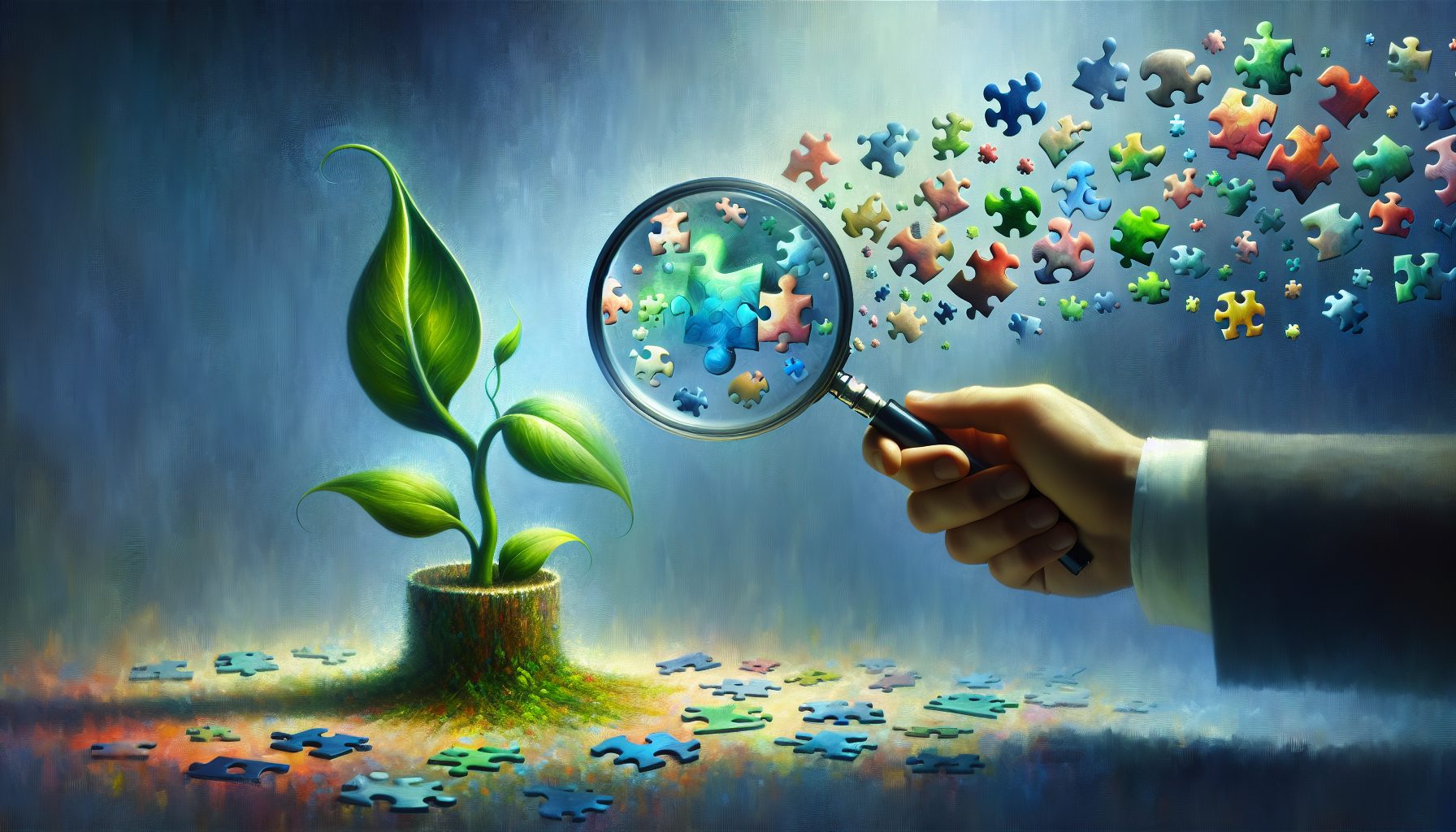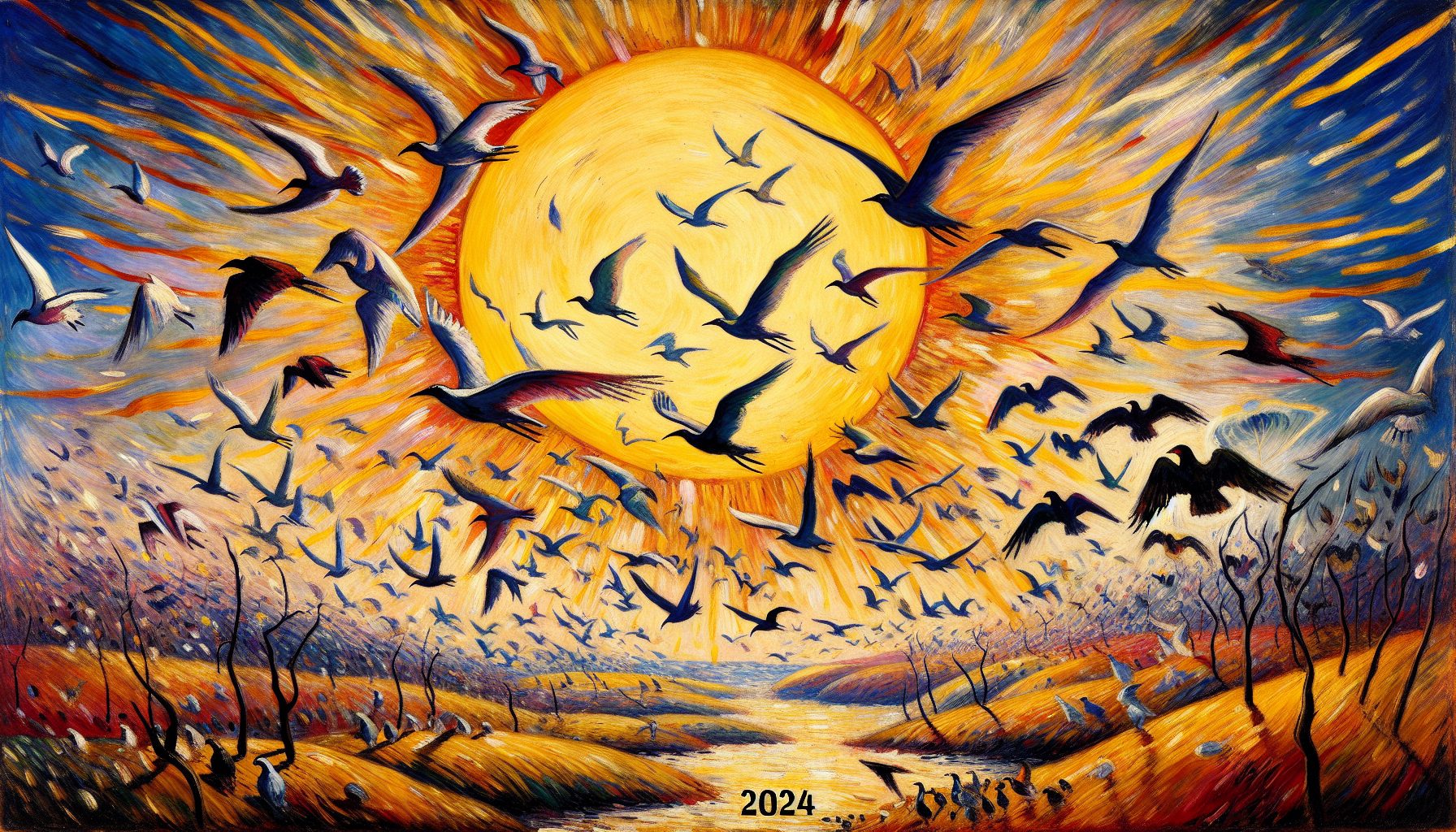Japanese researchers have achieved a major milestone in the field of artificial intelligence (AI) by successfully creating mental images of objects and landscapes from human brain activity. The groundbreaking method, which has been dubbed “brain decoding,” could revolutionize numerous domains, such as healthcare, language, and our comprehension of how the brain generates dreams and hallucinations. Learn all about this groundbreaking discovery and what it means for the future in this in-depth article.
Investigating Generic Artificial Intelligence and Brain Decoding
One state-of-the-art method that scientists are using to visualize perceptual contents based on brain activity is brain decoding. Reconstruction of human visual perception from functional magnetic resonance imaging (fMRI) data has been demonstrated in prior research. Nevertheless, these investigations could only cover narrow topics, like the alphabet.
To get around these restrictions, a group of researchers from Osaka University, another national institute, and the National Institutes of Quantum Science and Technology came up with a system that measures brain activity and uses generative AI to create complicated pictures. They were able to generate realistic mental representations of the landscapes and objects shown to the participants by integrating fMRI data with predictive algorithms.
How to Conduct Research
Experiments were meticulously planned as part of the research. While fMRI measured participants’ brain signals in real time, they were shown 1,200 images of different objects and landscapes. A quantitative analysis was conducted on the correlation between the brain signals and the corresponding images.
Next, the generative AI was given these pictures and data on brain activity, and it learned to make new versions of the objects using the patterns it saw. Using an iterative process, the AI progressively became better at creating realistic mental representations that matched the initial inputs.
The Result: Visualizations of Realms and Things in One’s Head
The research yielded absolutely astounding results. Using participants’ brain activity, the researchers were able to create mental images of landscapes and objects that were vague but recognisable. As an example, they were able to create a leopard image that had features like a mouth, ears, and spots. They were also able to replicate an aeroplane whose wings were illuminated by red lights.
These successes represent a watershed moment in our knowledge of how the brain processes visual information. It paves the way for novel approaches to communication technology, medical breakthroughs, and understanding the complex brain.
Consequences for the Welfare and Medical Sectors
This discovery has far-reaching consequences for healthcare and social welfare. By visualizing brain activity, brain decoding technology has the potential to help people with limited communication skills express themselves. People who suffer from disorders like locked-in syndrome or profound speech impairments may find this immensely helpful.
Additionally, scientists have long struggled to decipher the neural bases of hallucinations and dreams. Researchers can obtain valuable insights into the underlying processes by analyzing and visualizing brain activity related to these phenomena. Conditions like schizophrenia and sleep disorders may be better treated with this new information.
Revealing the Power of Communication Tools
Innovative means of communication are one of the most promising areas for future advancements thanks to this discovery. Let your mind wander to a future where people no longer need to rely on written or spoken language to convey their ideas and opinions. This could become a reality with the help of brain decoding technology.
More effective and efficient expression would be possible if brain activity could be decoded and translated into visual representations or text. It has the potential to greatly improve communication for individuals with disabilities and open up new avenues of seamless interaction in many different types of professional settings.
Deciphering the Brain’s Role in Dreams and Hallucinations
Psychologists and scientists have long been enthralled by hallucinations and dreams. Now that brain decoding technology exists, scientists have a potent instrument at their disposal to investigate these phenomena in greater detail. Hallucinations and dreams are unique cognitive experiences, and scientists can learn more about them by studying brain activity linked with them.
Not only in neuroscience, but also in psychiatry and psychology, this information might have huge ramifications. People who suffer from hallucinations or sleep disorders may find new treatments and interventions as a result.
The Next Steps in Artificial Intelligence and Brain Decoding
An important milestone in our quest to understand the brain has been reached with the effective use of brain decoding and generative AI technologies to generate mental images. Additional groundbreaking discoveries are likely to follow as scientists hone their methods and amass more data.
Artificial intelligence (AI) and brain decoding have uses outside of neuroscience. There is an infinite number of potential applications, ranging from medical breakthroughs to communication tools. The more we learn about the brain, the more opportunities we have to improve our lives and make revolutionary discoveries.
See first source: Kyodo News
FAQ
What is brain decoding, and how does it work in the context of artificial intelligence (AI)?
Brain decoding is a method that involves measuring brain activity and using generative AI to create mental images of objects and landscapes based on that activity. In this process, fMRI data and predictive algorithms are integrated to generate realistic mental representations from brain signals.
What was the objective of the research on brain decoding described in the article?
The research aimed to expand the scope of brain decoding beyond narrow topics, such as the alphabet, by using generative AI. The goal was to create complicated pictures and mental representations of landscapes and objects based on participants’ brain activity.
How were the experiments conducted in the research on brain decoding?
The experiments involved participants who underwent fMRI scans while being shown 1,200 images of various objects and landscapes. The correlation between brain signals and corresponding images was quantitatively analyzed. Generative AI was then used to create new versions of these objects based on the patterns observed.
What were the results of the research on brain decoding and generative AI?
The research successfully created mental images of landscapes and objects from participants’ brain activity. These images were vague but recognizable and included examples like a leopard with features like a mouth, ears, and spots, as well as an airplane with illuminated red lights on its wings.
What are the potential consequences of this discovery for healthcare and social welfare?
Brain decoding technology has the potential to benefit individuals with limited communication skills, such as those with locked-in syndrome or speech impairments. It can also help researchers better understand conditions like schizophrenia and sleep disorders by visualizing brain activity related to hallucinations and dreams.
How might brain decoding impact communication tools and interactions in professional settings?
Brain decoding technology could lead to more efficient means of communication, translating brain activity into visual representations or text. This could greatly improve communication for individuals with disabilities and create new possibilities for seamless interaction in various professional settings.
What implications does brain decoding have for the study of dreams and hallucinations?
Brain decoding provides scientists with a powerful tool to investigate dreams and hallucinations by analyzing brain activity associated with these phenomena. This research can lead to insights in neuroscience, psychiatry, and psychology, potentially improving treatments for related conditions.
What are the next steps in the development of artificial intelligence and brain decoding?
The successful use of brain decoding and generative AI to generate mental images represents an important milestone in understanding the brain. Further discoveries and applications are expected as scientists refine their methods and gather more data. The potential applications of AI and brain decoding extend beyond neuroscience and encompass various fields, from medicine to communication tools.
Featured Image Credit: Photo by Robina Weermeijer; Unsplash – Thank you!

